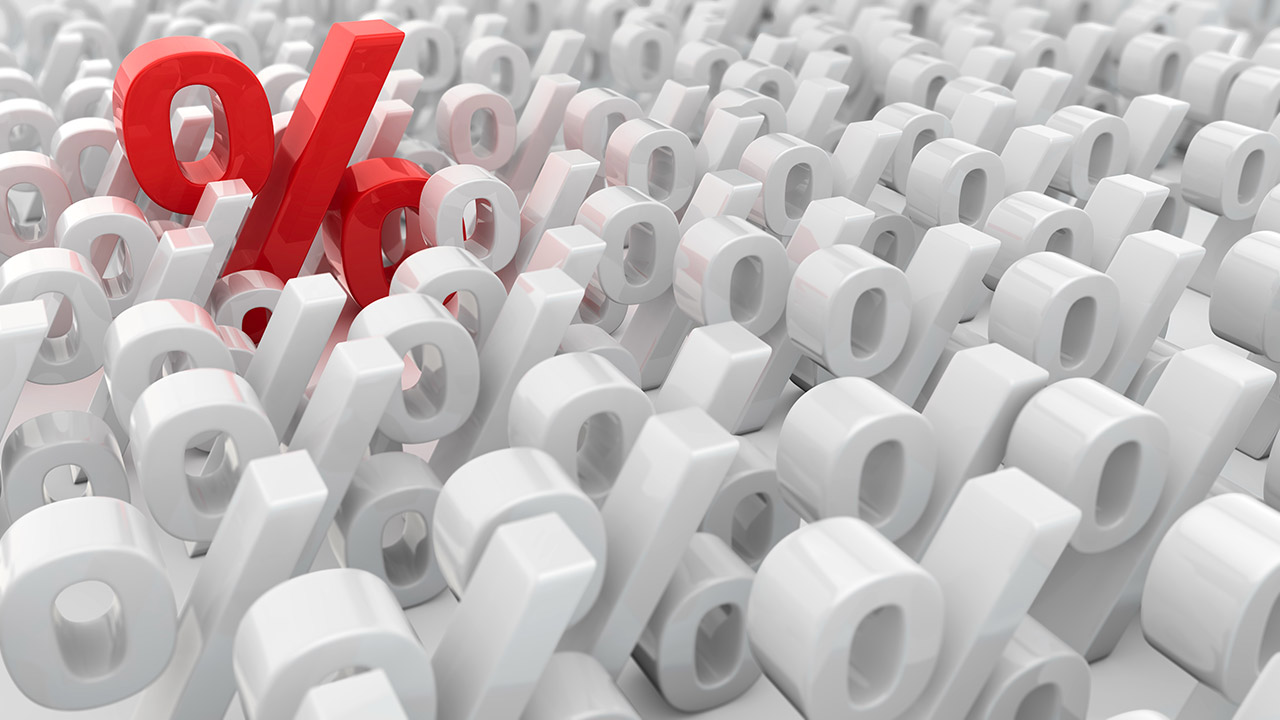
Homebuyers have been enjoying incredibly low mortgage rates for many years now. In fact, the average annual rate on 30-year fixed-rate mortgages has only hit 4% once over the past five years. Low mortgage rates have certainly made it more affordable to buy and have sparked plenty of homeowners to refinance in an effort to take advantages of these low rates.
However, it looks as if 2017 will be bringing slightly higher mortgage rates, especially after the Federal Reserve recently increased the interest rate by 0.25% which can affect long-term mortgage rates.
The 30-year fixed mortgage rate already increased by approximately 0.5% between the presidential election and the December Fed meeting, and continued to increase after the federal agency’s decision. Rates are said to continue to climb higher into 2017, though at a slower pace compared to how quickly they climbed between the election to today.
So, what will this mean for homebuyers?
Obviously, it means that buyers will have to pay a little more for their home purchases. The higher the mortgage rate on your home loan, the more will have to be paid every month. For instance, if you take out a 30-year mortgage of $300,000 with a 4% rate, your monthly payments will be $1,578. If that rate goes up by just 0.25%, your monthly payments will increase to $1,619 – $41 more. While that might sound like pennies, it can really add up. By the end of the 30 years of the loan, that comes to an extra $14,760.
A small increase like this won’t likely scare off buyers, but if rates start to drastically increase, it could have an impact on the housing market.
What Does This Mean For First-Time Homebuyers?
As mortgage rates inch up, first-time buyers might need to reduce their target price. In order to ensure affordability, homebuyers might have to consider looking at smaller homes with fewer traits that they originally wished for, or consider homes that are further away from their desired location. Delaying the buying process is also an option in order to be able to have more time to save up for a more expensive property.
However, first-timers can take steps to get the best interest rates by improving their credit score, checking their credit reports for errors, reducing debt, and saving as much as possible for a down payment.
What Does This Mean For Repeat Buyers?
Current homeowners who plan on moving in the near future might be swapping a lower interest rate for a higher one on a new home. If prices continue on an upward trend at the same time that interest rates rise, housing affordability will be an even greater issue when it comes time to move.
There are, however, things that can be done to minimize the financial impact of such a move. Doing a lot of in-depth research on home values and comparing the cost of living among different communities is important. If there are plans to sell the current home and buy another, it might be worth considering getting the process started sooner rather than later in order to lock in at today’s low rates before they start to increase.
What Does This Mean For Current Homeowners?
For those who own property that they intend to live in for the long haul and have a variable-rate mortgage, refinancing to a fixed-rate mortgage right away before rates start to rise might be warranted. Refinancing makes sense if the amount that can be saved will cover any closing costs over a time period that’s shorter than the amount of time owners intend to stay in their homes.
The Bottom Line
It’s impossible to accurately predict exactly what will happen with mortgage rates in the near future, but based on the fact that the Federal Reserve has already increased the rate this past December, it’s anticipated that mortgage rates will continue to creep up into 2017. Be sure to have a close examination of your mortgage requirements, both for today and for the near future in order to prepare for what’s to come.